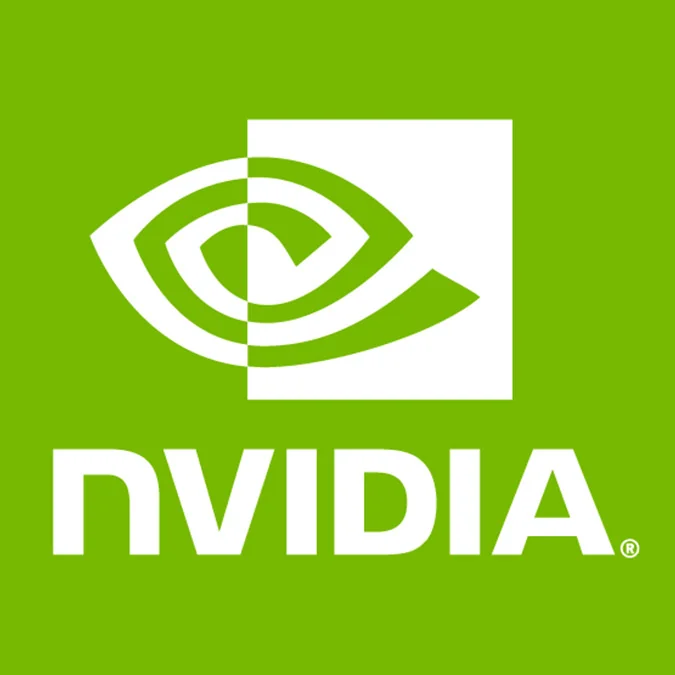NVIDIA Tegra 3 Makes For Fast Ubuntu On ARM

NVIDIA recently sent over their Tegra 3 "Cardhu" developer tablet to work on the Phoronix Test Suite and some related ARM Linux benchmarks. While I have my hands on the hardware, I've also begun running up some Tegra 3 benchmarks on Phoronix.com, while Cardhu benchmarks have long already been available from other independent users on OpenBenchmarking.org. The results in this article are just the start of my Tegra-3/Cardhu benchmarking. I'll also be working on a Tegra 3 test suite and some other items for the Phoronix Test Suite with the tablet, so stay tuned as the ARM support continues to become more compelling.
NVIDIA's Cardhu developer tablet to show off the Tegra 3 processing power as well as the NVIDIA GeForce graphics. The tablet has 16GB of storage, 1GB of RAM, and a 1366x1536 display. There's also a docking station available, which NVIDIA did send over as well, that offers up two standard USB ports, HDMI output, and a Realtek RTL8168 Gigabit Ethernet port. It's quite nice working with the developer tablet and easier to deal with than say the bare PandaBoard/BeagleBoards. The only complaint about the Cardhu tablet is needing to remove the back cover to access a connector for interfacing with the debug board.
Shipping on the NVIDIA Cardhu tablet by default is Google's Android, but NVIDIA does make Tegra for Linux/Ubuntu available. This is basically a sample file-system of Ubuntu that's currently based upon Ubuntu 11.04 and they separately make available the Tegra 1/2/3 Linux drivers. NVIDIA's documentation goes over the setup process, etc. Ubuntu for Tegra can be setup to an SDHC or USB drive. While NVIDIA's spin is based upon Ubuntu 11.04, its sample file-system uses the newer Linux 3.1 kernel. Linux for Tegra is available from developer.ubuntu.com. Tegra release 15 Alpha was used for this first-round of Phoronix testing.
While no desktop is installed by default with Ubuntu/Linux for Tegra, the ubuntu-desktop packages can be obtained from the package repositories. To get the Phoronix Test Suite running on Tegra for Linux, it was just a matter of running sudo apt-get install php5-cli and then using the latest Phoronix Test Suite. Any recent Phoronix Test Suite 3.x release should run on NVIDIA Tegra 3 hardware, but I recommend using the latest release available -- especially Phoronix Test Suite 3.8-Bygland when its released next week since it has some great features in general that can be utilized on ARM hardware too.
While the NVIDIA Tegra 3 is known to have a fifth "companion core" to accompany the four other ARM Cortex A9 CPUs, this apparently wasn't exposed under Tegra for Linux. Via OpenBenchmarking.org you can view the cpuinfo for the Cardhu tablet, which shows just the four ARMv7 rev9 cores each with 1987 BogoMIPS. There's also lspci information, dmesg, and other system logs for Cardhu that are collected by the Phoronix Test Suite / OpenBenchmarking.org.
These first round of results can be found in this OpenBenchmarking.org result file. If you have a low-end PC or other ARM hardware and wish to see how its performance compares to these NVIDIA Tegra 3 results, it's simply a matter of having the Phoronix Test Suite installed and then run phoronix-test-suite benchmark 1203160-BY-NVTEGRA3785 to facilitate a side-by-side comparison with the test installation, execution, and analysis being done in a fully automated manner.
Additionally, there's also some NVIDIA Tegra 3 on Ubuntu with the Linux 3.1 kernel in another result file for some other test profiles: FFmpeg, x264, LAME MP3 encoding, FLAC audio encoding, Google VP8 libvpx, and OpenSSL. Those results from this Carhu tablet are inside 1203166-BY-NVIDIATEG00. Within 1203170-BY-CARDHU68527 I have also done some scientific tests.
For those interested in more test results until the next set of official results come out, there's other cardhu benchmarks on OpenBenchmarking.org that were contributed by independent parties. You can also see how the numbers compare to other recent Phoronix articles like the Trim-Slice Tegra 2 desktop and other PandaBoard ES benchmarks.
For any individuals or organizations wishing to learn more about the Phoronix Test Suite and OpenBenchmarking.org, or any Phoronix readers wishing to meet-up, from this morning through the middle of next week I will in San Diego, so contact me or find me with Twitter (my followers should not be surprised by Tegra 3 Linux benchmarks coming today). Besides Tegra 3 Linux benchmarks, there will also be a range of other interesting Linux hardware benchmarks coming out soon (the above image teaser).
12 Comments

